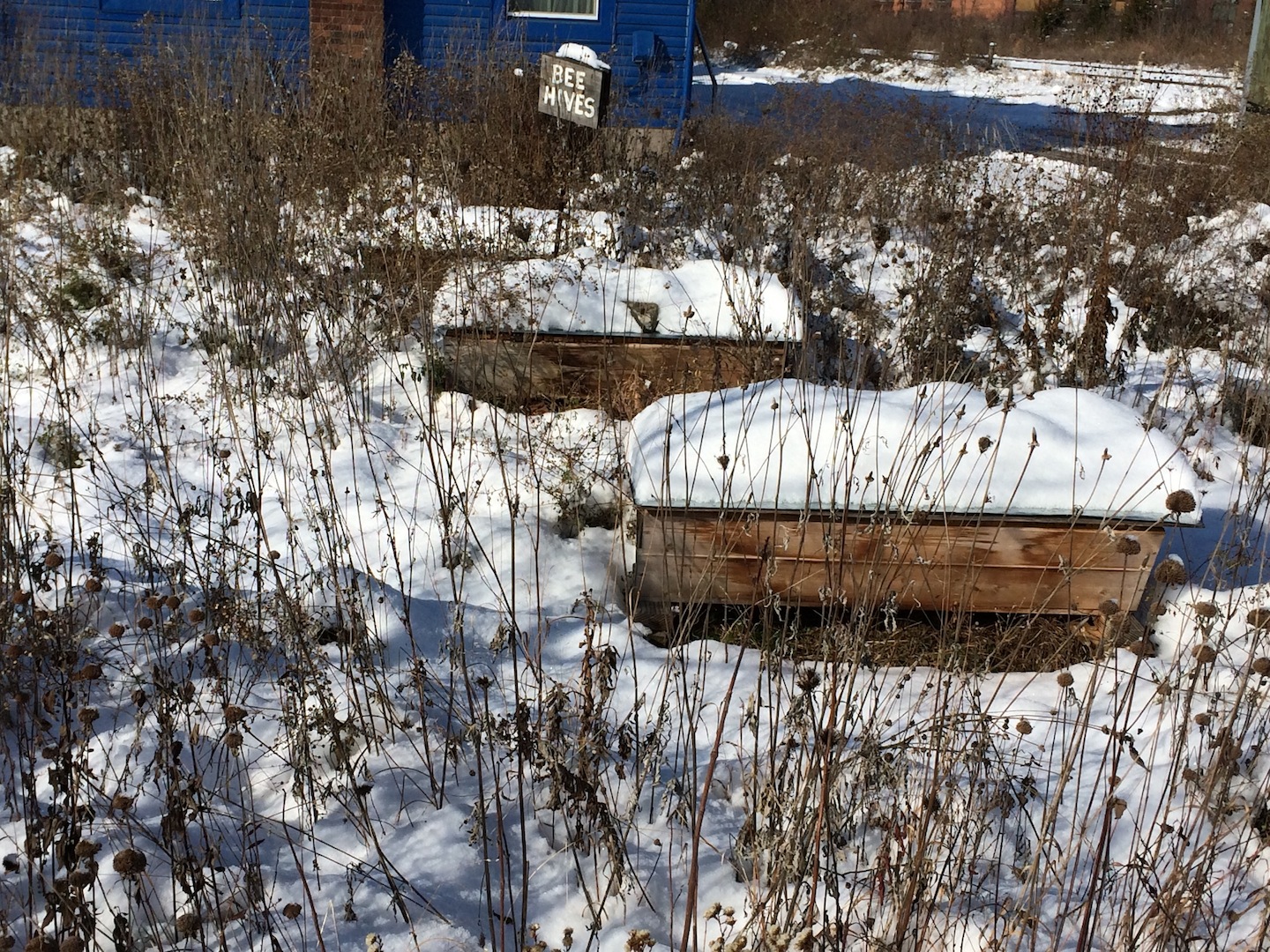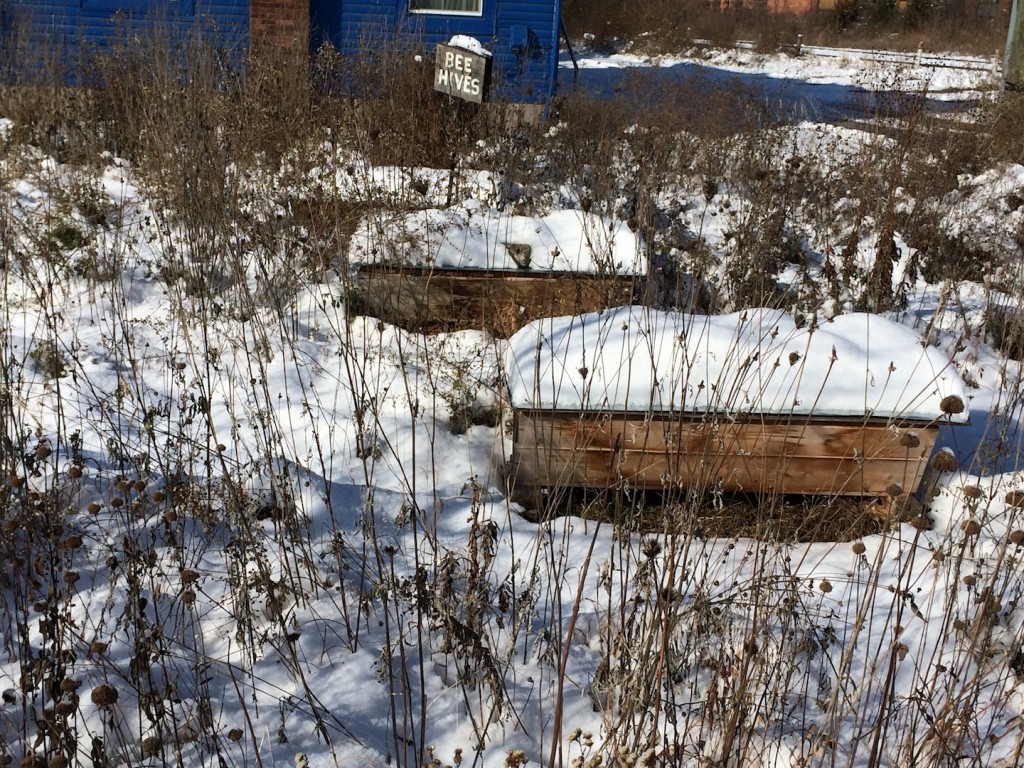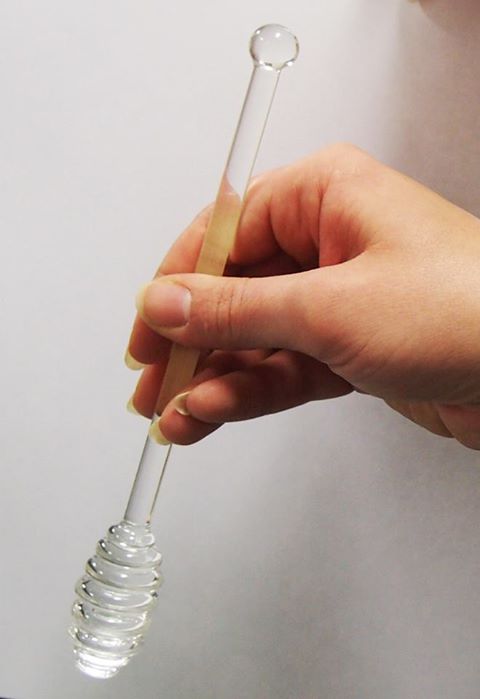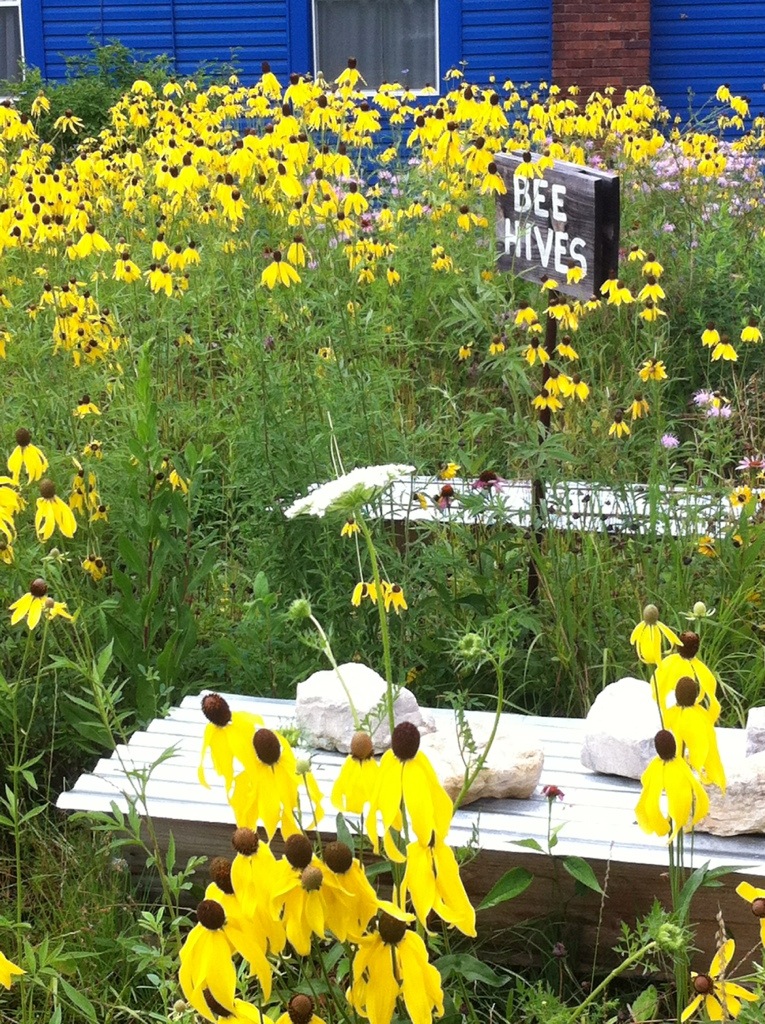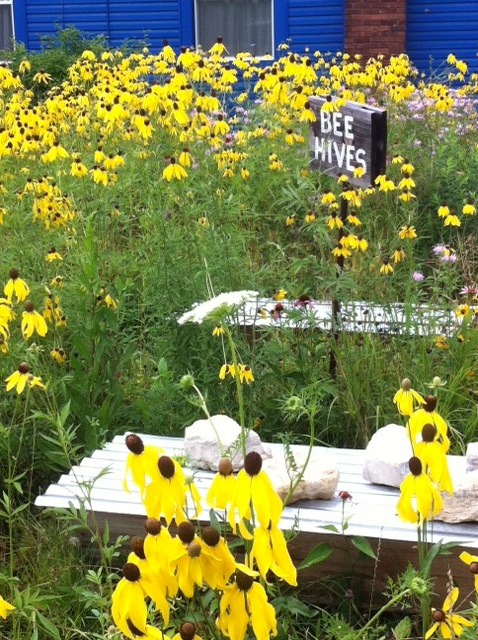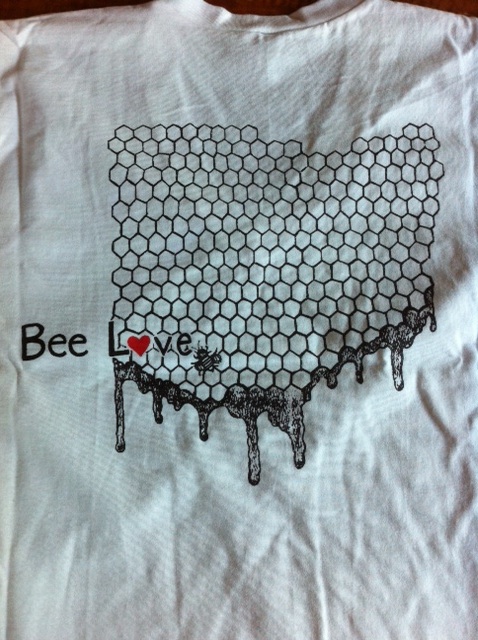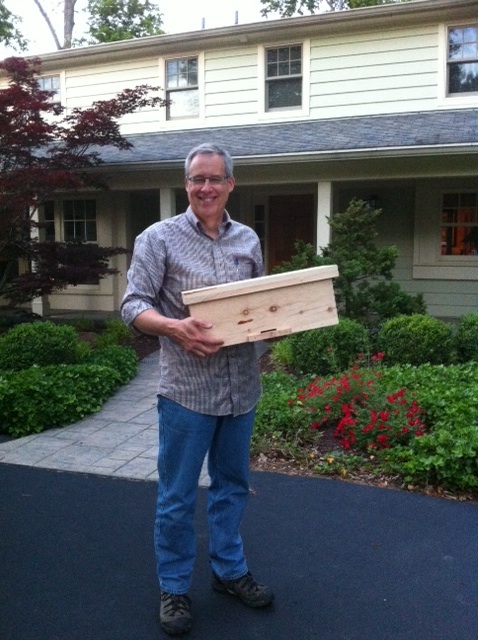Reader, I know you love your coffee. I know you love your coffee in quirky little local coffee shops. And when you drink your wonderful drinks there, you like to add a small bit of local honey to your cup.
I’m here to introduce you to Redtree Art Gallery and Coffee Shop, which is where I often go when I want to write and daydream. Redtree is filled to the brim with local art, which makes it a delightful place to wander. What’s more, Redtree and Brazee Street Studios—the beautiful art studio surrounded by native Ohio prairie flowers and where TwoHoneys maintains a number of beehives—are neighbors. Close neighbors. And now Redtree offers our very own TwoHoneys Bee Co honey…local honey collected by the bees that fly in the neighborhood in which you drink your coffee. And that, my friends, is seriously local.
Go there. Add some honey to your day.





